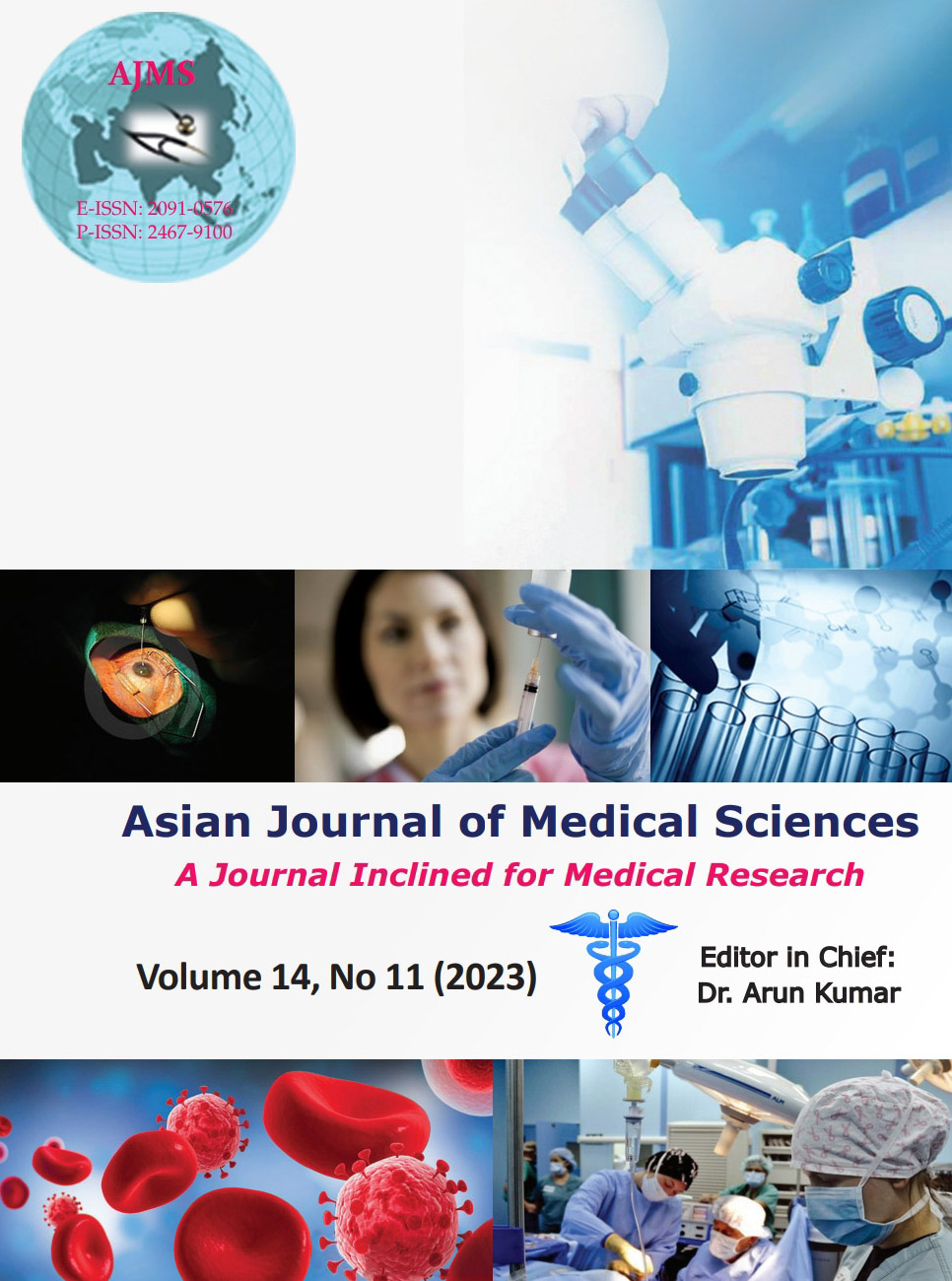The microbiome of orthopedic implant-associated infections and its correlation with inflammatory markers
Keywords:
Microbiome; Periprosthetic joint infections; Implant site infection; C-reactive protein; Interleukin 6Abstract
Background: Implant site and periprosthetic joint infections (PPJI) are of major concern with tremendous improvement in orthopedic operative procedures. Early diagnosis of infection is the cornerstone for success rate and prevention of implant failure. The need for inflammatory biomarkers followed by culture sensitivity remains inevitable in the diagnosis of infection.
Aims and Objectives: The aim is to study the prevalent biofilm-forming pathogens and to correlate with antimicrobial resistance and also to estimate inflammatory markers to predict the presence of PPJI.
Materials and Methods: A descriptive cross-sectional study involving 57 patients showing signs of PPJI was evaluated. Clinical samples of these cases were processed, the bacterial pathogens were isolated and bio-film formation was tested. Inflammatory markers C-reactive protein by latex agglutination and interleukin-6 (IL6) by ELISA is determined.
Results: A total of 36 bacterial pathogens are isolated, 17% are Gram-positive cocci (GPC) and 46% are Gram-negative bacilli (GNB). Among these, 54% are biofilm producers and pseudomonas species (33%) are predominant. Antibiotic susceptibility studies showed GPC to be highly sensitive to linezolid (100%) and vancomycin (100%). Among GNB, pseudomonal species showed susceptibility of 85%, 57%, and 47% to meropenem, amikacin, and piperacillin–tazobactam, respectively. Acinetobacter is the most resistant isolate. The IL value of 19.5 arrived by the receiver operating curve showed maximum sensitivity and minimal false positivity.
Conclusion: Assessing the infection-specific biomarkers like IL6 levels is advantageous in earlier detection of implant site infection and aid in instituting specific antibiotics for the most common implant and PPJI before permanent implant failure and sepsis.
Downloads
Downloads
Published
How to Cite
Issue
Section
License
Copyright (c) 2023 Asian Journal of Medical Sciences

This work is licensed under a Creative Commons Attribution-NonCommercial 4.0 International License.
Authors who publish with this journal agree to the following terms:
- The journal holds copyright and publishes the work under a Creative Commons CC-BY-NC license that permits use, distribution and reprduction in any medium, provided the original work is properly cited and is not used for commercial purposes. The journal should be recognised as the original publisher of this work.
- Authors are able to enter into separate, additional contractual arrangements for the non-exclusive distribution of the journal's published version of the work (e.g., post it to an institutional repository or publish it in a book), with an acknowledgement of its initial publication in this journal.
- Authors are permitted and encouraged to post their work online (e.g., in institutional repositories or on their website) prior to and during the submission process, as it can lead to productive exchanges, as well as earlier and greater citation of published work (See The Effect of Open Access).




